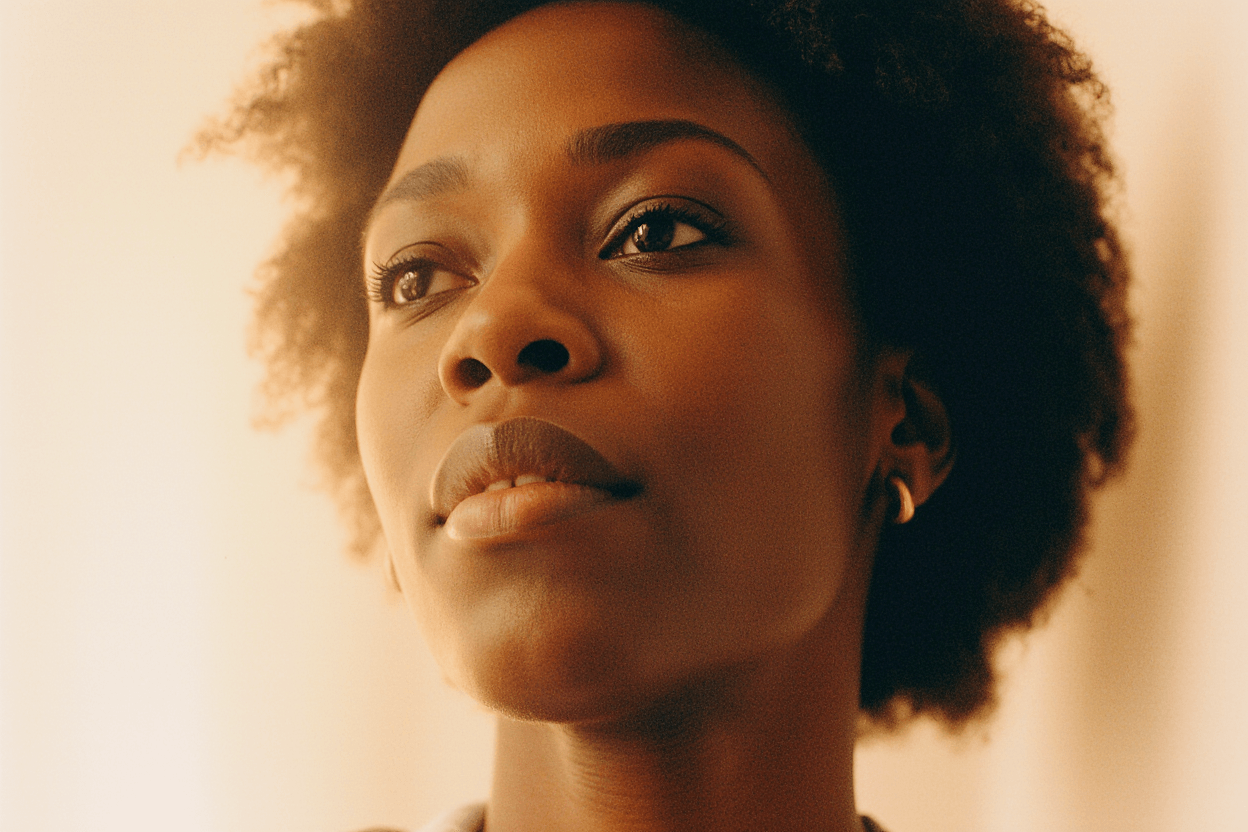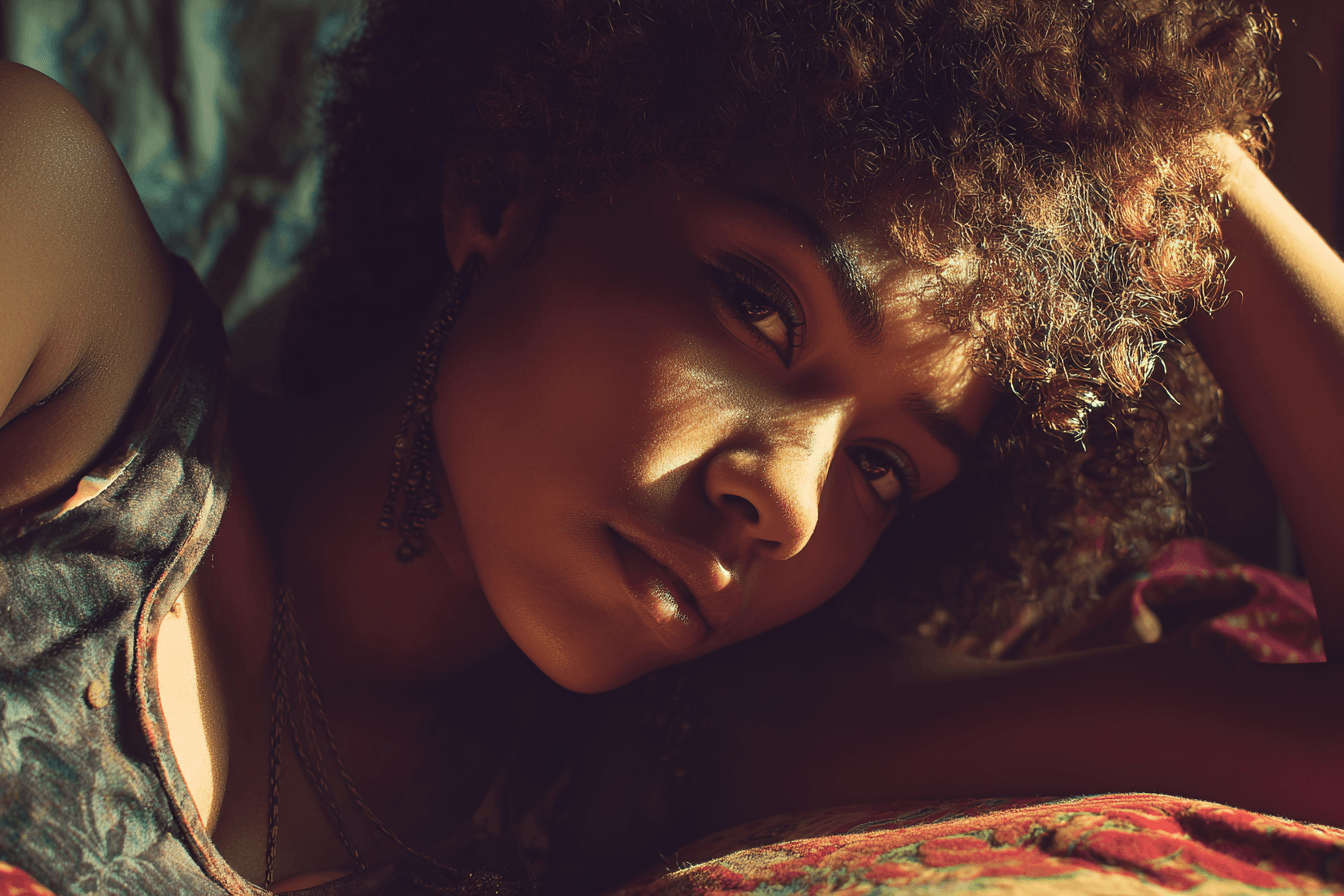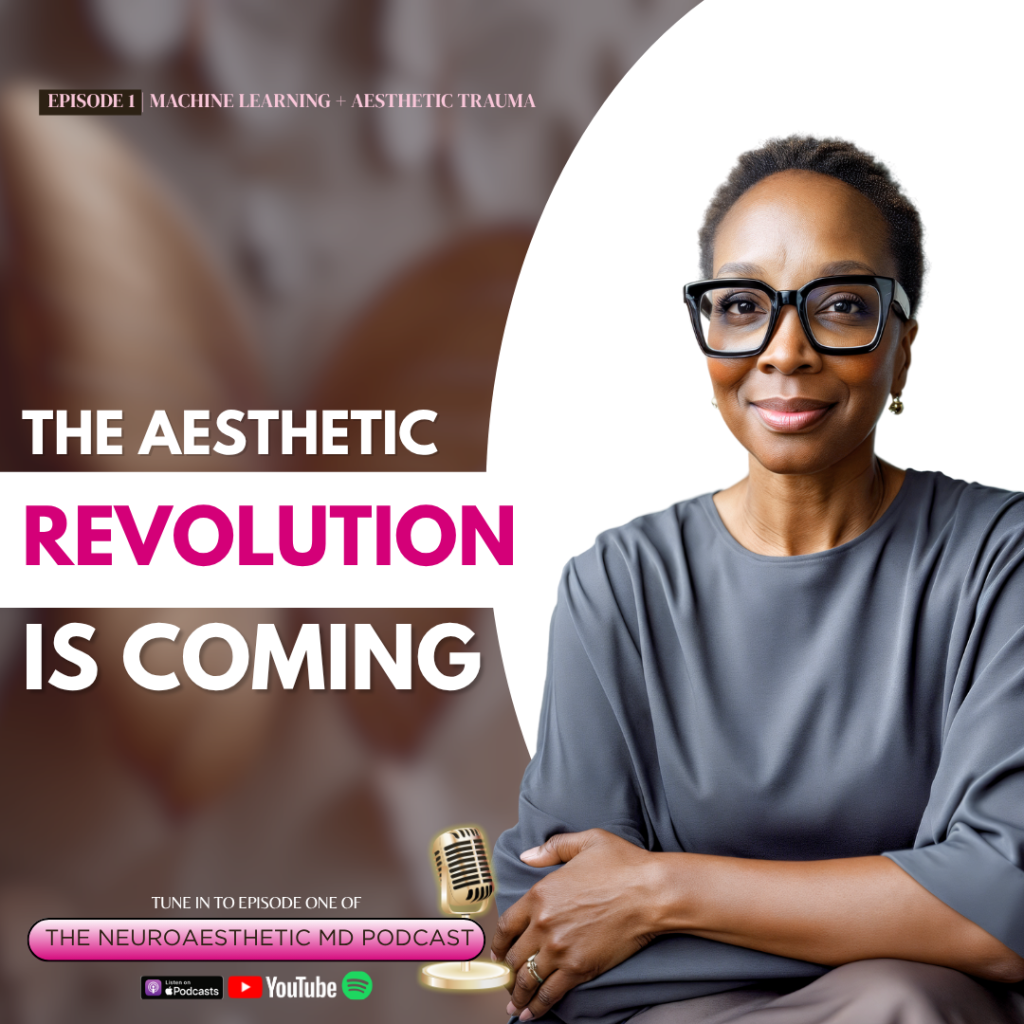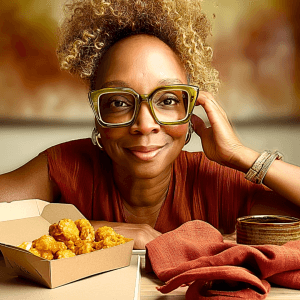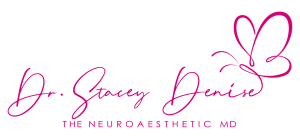It was never about the chicken.
It was about the color. The heat. The ritual.
It was about my body reaching for safety when I did not have the words.— Dr. Stacey Denise
When Food Is a Feeling, Not a Fuel
There was a time I thought I had a food addiction. I would crave orange chicken at the exact moment my inner world felt most unheld—when I felt behind, unseen or overwhelmed by expectations I never agreed to in the first place.
But the more I traced the craving, the more I saw what it actually was. It was a ritual of regulation. A sensory placeholder for safety. A coded language my inner child was still fluent in.
Orange chicken was not a failure of willpower. It was a signal. My body knew how to speak in signals long before it learned how to count macros.
The Flavor of Fear: What GLP-1s Cannot Touch
In this new era of GLP-1 medications, I see more people suppressing appetite and losing not just pounds, but pleasure. Many describe a quiet, flat feeling around food. No cravings. No chaos. But also, no comfort. No connection. No color.
You can silence hunger. But if the trauma is still speaking, you have only changed the volume, not the channel. GLP-1s may mute the messenger, but without emotional translation, we miss the message.
When You Cannot Name the Feeling, You Feed the Silence
For years, I could not fully name what I was feeling. Not because I was numb, but because I was raised and trained to survive. In survival mode, the body speaks in signals, not sentences. For those of us living with alexithymia, those signals do not always translate cleanly.
I did not know I was sad. I just knew orange chicken made the static go quiet.
This is the reality for many trauma-informed bodies. We eat when we are anxious but call it a snack. We crave sugar when we are disoriented but call it indulgence. We reach for food, not out of rebellion, but out of a nervous system searching for a map back to calm.
I was not broken. I just did not yet have a language for the landscapes inside me.
My Brush Became My Bite
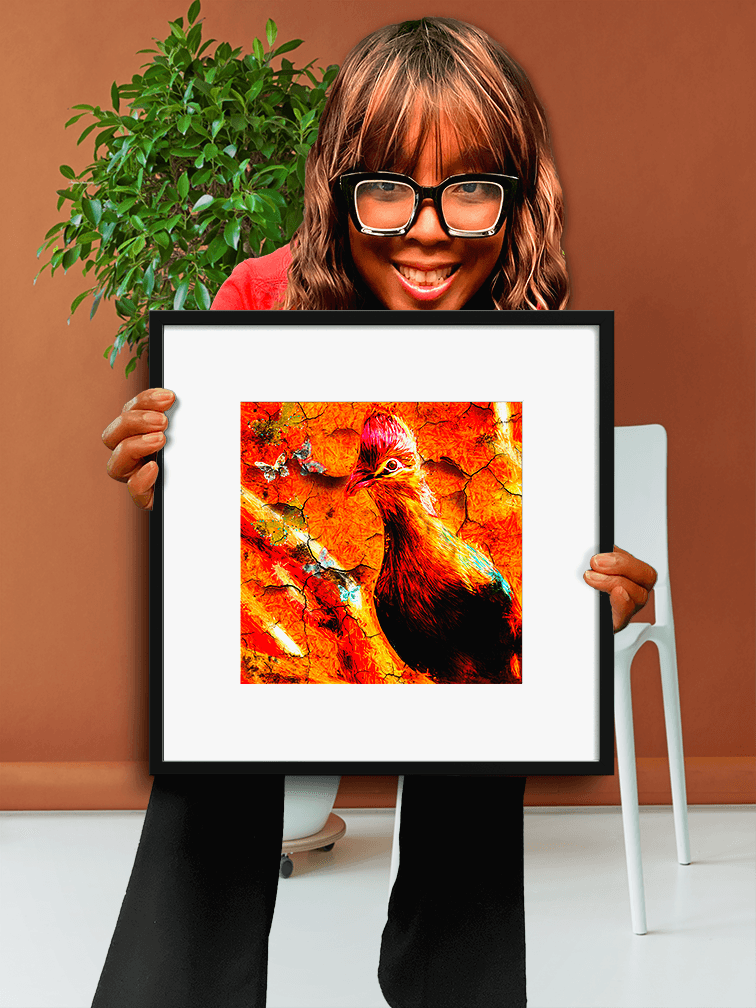
I painted Fiery Orange Chicken during a moment of profound inner unraveling. It began as a visual meditation—bold strokes of turmeric, coral and heat-infused crimson—marking the places in me that once reached for fried, sugar-slicked breading as a blanket.
In that painting, I re-created the craving as a canvas, not a condemnation. It became a reframe of food as a symbol, a mirror for my inner child, a sensory map of a nervous system trying to survive love without safety.
Art, for me, became a second mouth. It gave expression to what I once thought I had to swallow.
Appetite as an Archive
In lifestyle medicine, we are taught to ask: What are you eating? But I have learned to also ask: What is eating you?
Emotional eating is not always about trauma. Sometimes, it is about absence—of presence, of play, of permission to rest. In that emptiness, food becomes a proxy for feeling. If we strip away that coping tool without replacing it with nervous system support, we are not healing. We are just reframing starvation as success.
Returning to Safety, Not Perfection
These days, when the tension rises, I do not immediately reach for food. I breathe. I affirm. I create. I become the mother my nervous system never had. I whisper, You are not behind. You are becoming.
It is not perfect. But it is practice. And practice is how we remember our bodies are not battlegrounds. They are museums of memory, and they deserve reverence, not restriction.
Final Reflection: From Comfort to Coherence
What Fiery Orange Chicken taught me is this: We are never addicted to food. We are addicted to the feeling of finally, briefly, being okay.
But what if you could feel okay without needing to chew it into existence?
This is what my work in neuroaesthetic lifestyle medicine is about. Building rituals that regulate. Designing environments that speak to your body in color and safety. Unlearning the myth that you have to earn stillness through shame.
Craving Something Deeper?
If you are ready to stop performing wellness and start feeling well, explore the Therapeutic Art Life Coaching pathway or begin your journey through the Neuroaesthetic Reset Program, where your nervous system becomes the curator of your healing.
This is not about erasing hunger. It is about relearning how to listen to it—honestly, artistically and without fear.
Art is the medicine. Design is the therapy. Healing is the evolution.
— Dr. Stacey Denise | Neuroaesthetic MD


